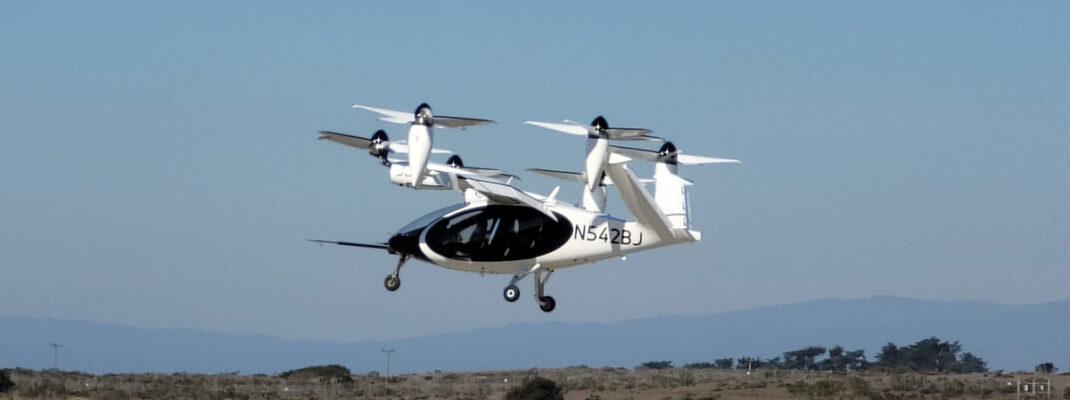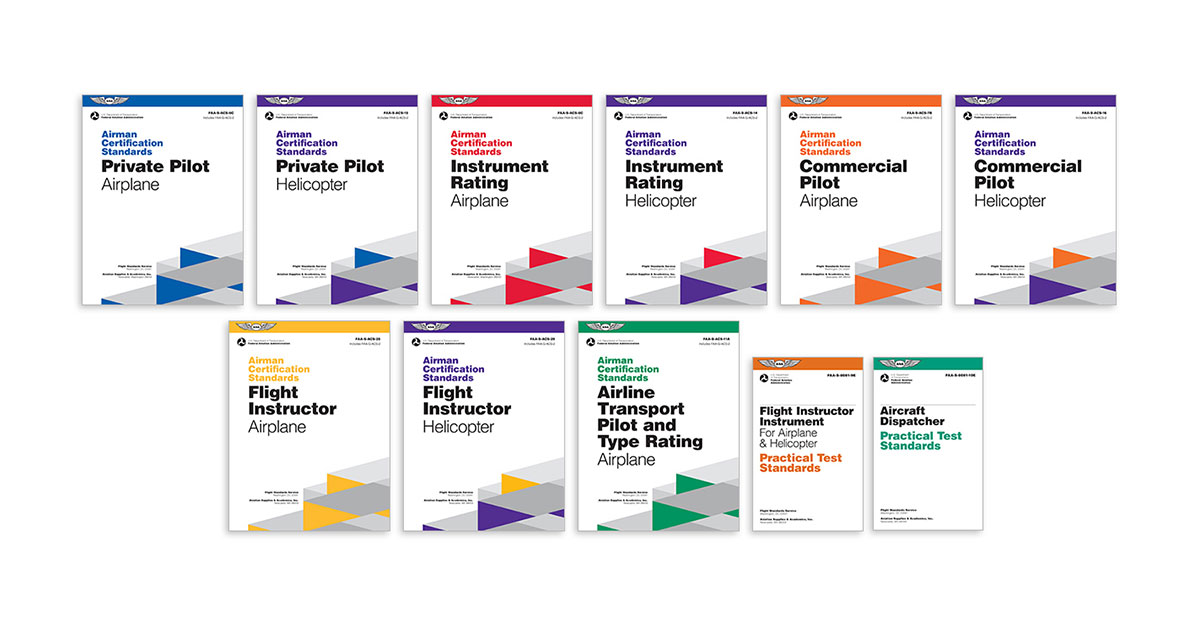If you hang out around aviation enthusiasts, you may have heard the term mosaic a whole lot more often in recent months. What is this term and how does it apply to you? No bits of ceramic are used to make art in this type of MOSAIC. It stands for Modernization of Special Airworthiness Certification and could make a huge difference in the future of general aviation. First published by the FAA in July, the notice of proposed rulemaking (NPRM) for MOSAIC is available for comment until January 22, 2024.1
In 2004, the FAA published the final rule titled “Certification of Aircraft and Airmen for the Operation of Light-Sport Aircraft,” which established rules for the manufacture, certification, operation, and maintenance of light-sport aircraft (LSA), then defined as aircraft weighing less than 1,320 pounds (or 1,430 pounds for aircraft intended for operation on water). LSA includes a wide variety of aircraft, from airplanes and gliders to balloons and gyroplanes. In place for nearly two decades, the LSA category has shown a lower accident rate than experimental amateur-built airplanes, leading the FAA to expand the definition of LSA.
MOSAIC establishes new performance-based requirements for the LSA category, while removing the weight-based requirements. The agency’s proposal would allow LSA to have a clean stall speed of 54 knots, a maximum flight level speed of 250 knots, and a maximum of four seats. All increases over the 2004 regulations. The FAA also wishes to encourage the development and innovation of different powerplants for LSA, “especially electric-powered aircraft.”
MOSAIC would update the repairman certificate with a new light-sport classification that would apply to existing and new aircraft certificated in the light-sport category, namely rotorcraft and powered-lift. It would also expand the aircraft that sport pilots can operate with the hope of attracting new pilots to the industry (though they will still be limited to one passenger), as well as offer new rules for Class G airspace near airports tailored for powered-lift aircraft.
By allowing rotorcraft and electric vertical takeoff and landing (eVTOL) aircraft to be certificated as light-sport aircraft, MOSAIC would introduce electric propulsion systems to the LSA market and grant rotorcraft privileges to light-sport pilots, instructors, and repairmen. Stated another way, MOSAIC may allow LSA certificate holders to fly, instruct on, and repair certain helicopters.
Of course, these changes will require new regulations that aircraft and pilots will need to qualify under. But MOSAIC opens the door for everything from new roads to production for experimental aircraft to making space for VTOLs in airports.
Joby S4-2.0B (N542BJ) photo by Vertical Flight Society (gallery.vtol.org). Photo CC-BY SA 4.0.
- Though comment was first required by October, the industry asked for and was granted more time to comment by the FAA. ↩︎






